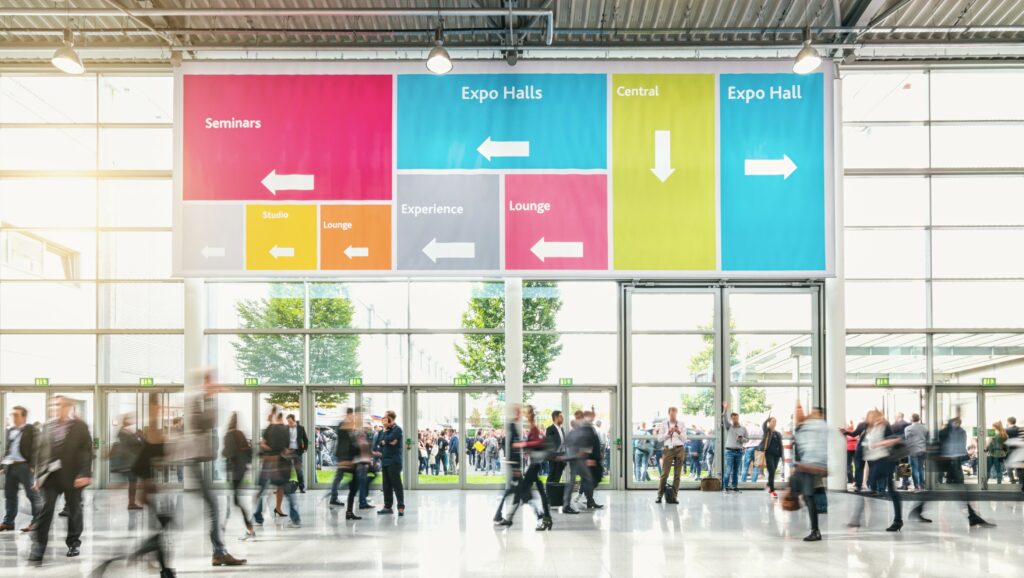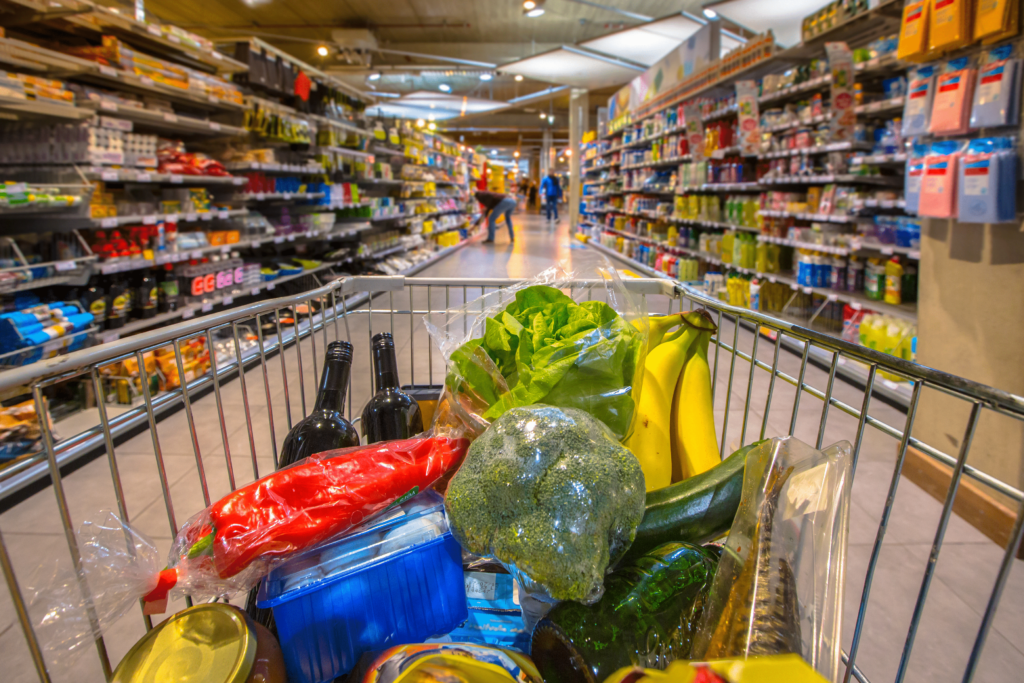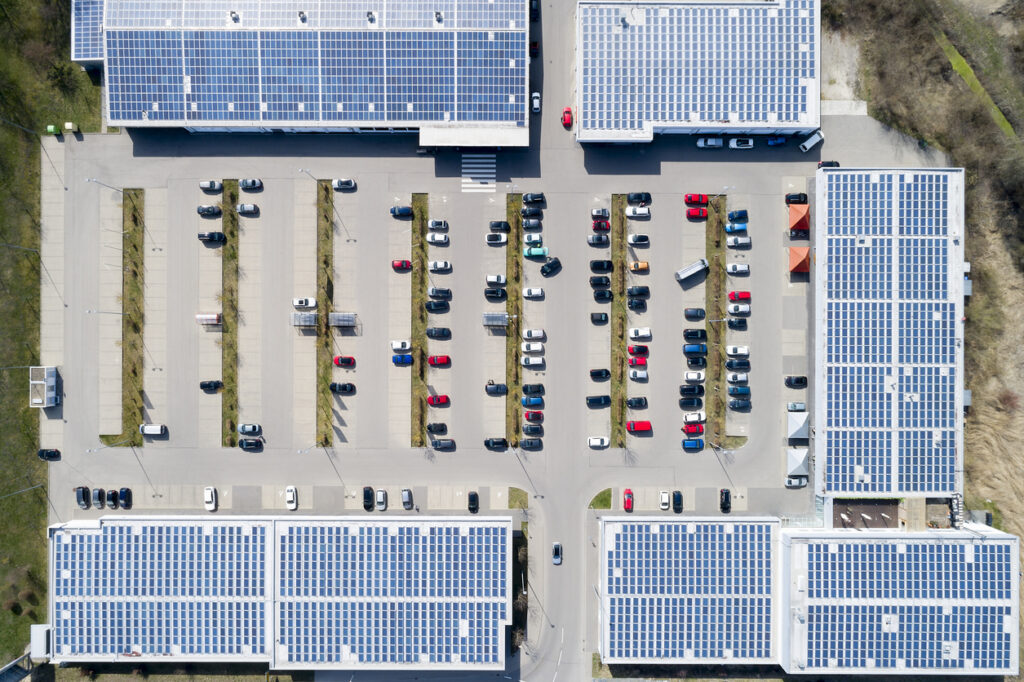3 Challenges Retailers Must Overcome When Opening Restaurants

The concept of a restaurant in a retail location isn’t a new one. Big box and discount retailers (Walmart, Target, IKEA, Costco) have employed this tactic over the past 20+ years. These retailers have large stores where customers may easily become fatigued. However, a recent trend has emerged where upscale retailers are now adding restaurants to existing facilities to provide more of a draw for customers, and to convince them to spend a longer time in the store.
Retailers Combat Shopper Fatigue
IKEA is a great example of how adding a restaurant to retail can prove successful. If you haven’t been to IKEA, it can easily take over 2 hours to complete the shopping experience from start to finish. The fun part of the journey is the showroom which acts as a tour of their catalog. As you move through the showroom, you can purchase smaller items. However, the larger items require you to find them in the warehouse via an item number. This can be a daunting task depending on how much you plan to buy. IKEA knows, if you want people to buy the items on their list, they will need a break. As part of the customer journey, they provide a mid-point in the form of a restaurant (walk-up counter style) which allows customers to take a break. If customers are too fatigued upon reaching the warehouse, they may not be willing to search for the all the items on their list and, therefore, IKEA can lose sales.
Upscale Retailers Look to Restaurants to Increase Customers’ Time in Store
RH (the retailer formerly known as Restoration Hardware) has added restaurants at several locations, with Crate & Barrel the latest retailer to join the fray. Crate & Barrel recently debuted “The Table at Crate” at its Oak Brook, Illinois store, with plans to roll the concept out to other locations if it proves successful. The synergy between a restaurant and Crate & Barrel, is obvious, given the fact that Crate & Barrel will sell most of the furnishings and dinnerware to patrons if they are interested.
“Retrofitting retail stores to accommodate restaurants has its share of challenges and retailers need to use caution when expanding into the restaurant business,” said Dave Huntoon, Pricipal at Intalytics.
Three Challenges Facing Retailers Opening Restaurants
1. Cost
Restaurants are very expensive to build out, particularly when they are a retrofit of an existing space. In addition to the dining area and kitchen build-out costs, restaurants can be challenging for utility (particularly water) needs, ventilation, and product delivery and disposal.
2. Viability
Most restaurant have demanding site requirements for a successful location, including visibility and ingress-egress. A restaurant in the front of a mall retailer will be able to capitalize on walk-by traffic in addition to existing retail patrons; a retrofitted location in the center or back of a retail space will be entirely dependent on existing retail patrons.
3. Execution
Companies like RH and Crate & Barrel are counting on restaurants to burnish their image and increase shopper time in their stores. However, successful restaurant executions are difficult – think about how many restaurant closures or re-brandings you’ve witnessed over the past few years. If an in-store restaurant is not well-executed, better to have never opened it.
Final Thoughts
According to Jim Sellers, Senior Director of Marketing Solutions, brands considering such an approach would be well advised to conduct a deep analysis of consumer demographic and lifestyle data, competitive intensity, traffic patterns, and related data to develop a revenue forecast before making these kinds of capital investments.
Related News
Carousel items












